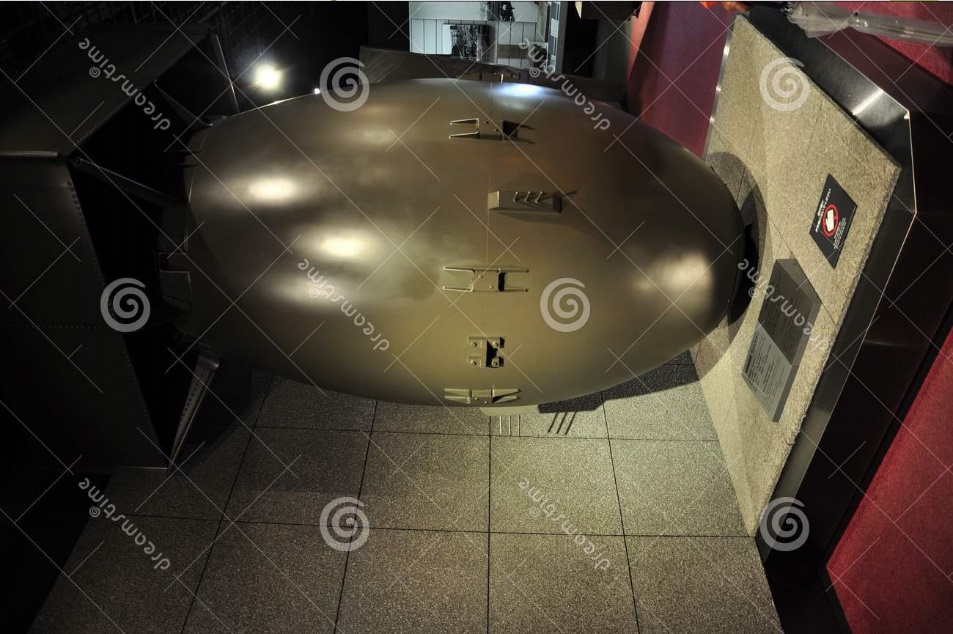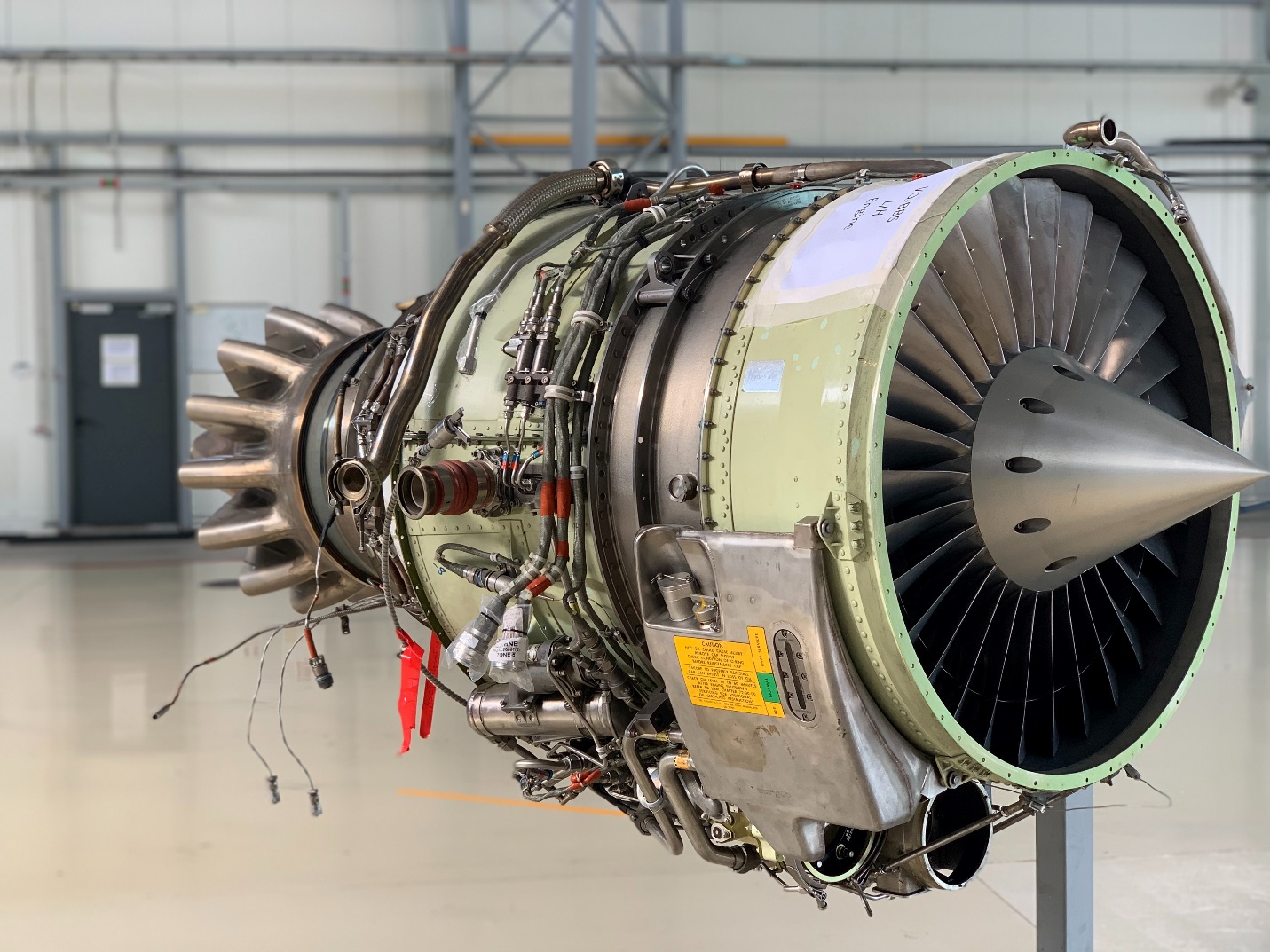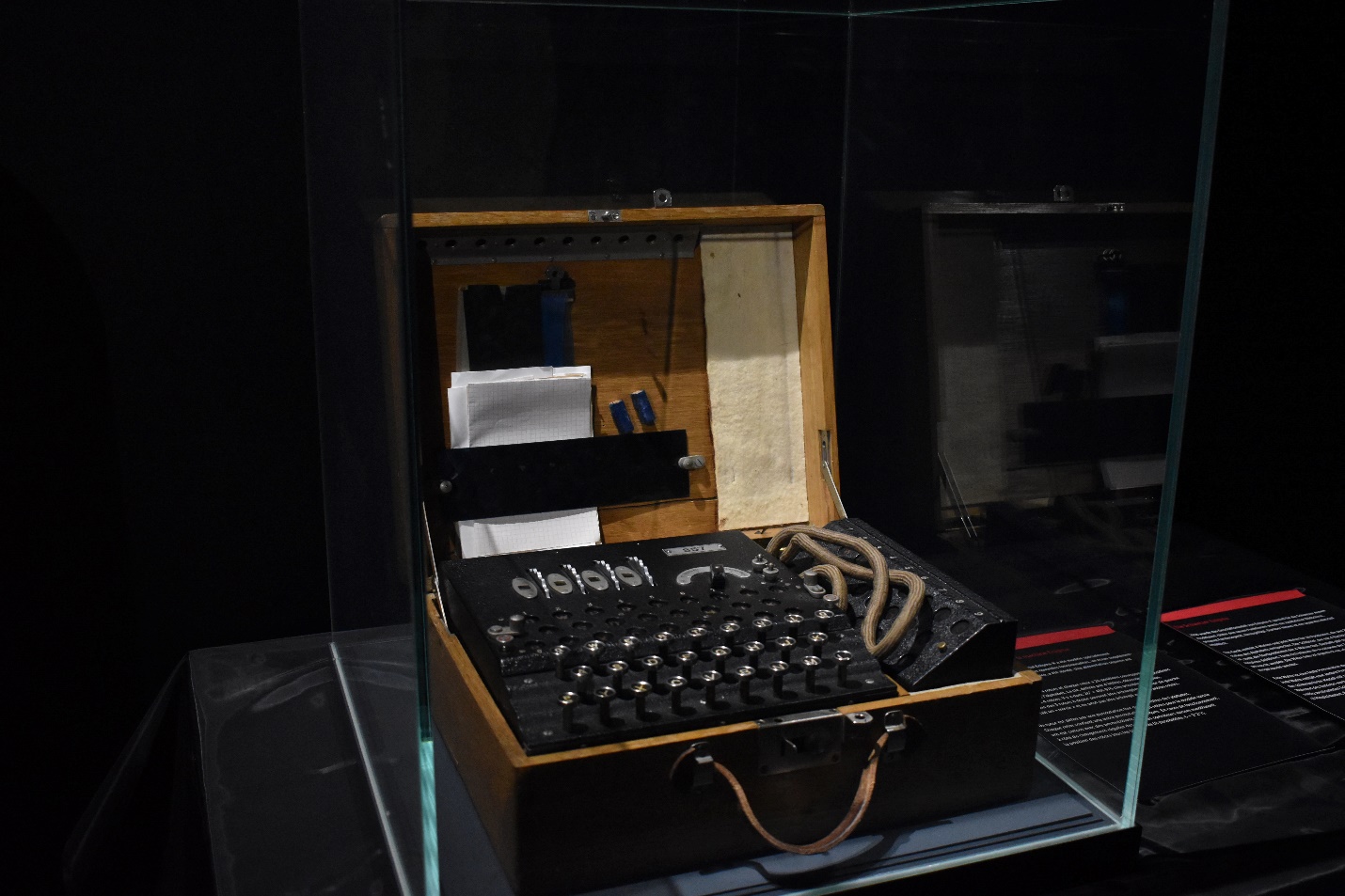World War II’s scientific and technological advancements had a significant and lasting impact on living after 1945. WWII was one of the lasting legacies of a conflict that altered all facets of life, including economics, justice, and the nature of warfare itself. In the decades following World War II’s end, commercial products that had been developed during the war with the intention of winning the war found new uses. The Second World War Allies worked closely together to develop and produce new and old technology to aid military operations and intelligence collection. Several British inventions that the Allies widely produced during World War II proved essential to the military.
Nuclear Technology

Source: https://www.dreamstime.com/stock-image-nagasaki-atomic-bomb-image17824921
In order to prevent the possibility of crucial information getting into enemy hands, the United Kingdom sent about 20 British scientists and technical workers to America in 1942, when the fear of an invasion by Germany was still there. Their work had been done under the code name “Tube Alloys”. The scientists began working on the Manhattan Project in Los Alamos, New Mexico, where their research on uranium enrichment helped kick-start the initiative. In addition, Britain played a crucial role in obtaining the project’s raw materials, serving as the only global supplier of the Nickel Powder needed to construct gaseous diffusers and supplying Uranium from its mine in the British Congo and a secondary supply obtained through contracting with Sweden.
Radar

Source: https://unsplash.com/photos/3YAIvBNlZM4
Sir Robert Watson-Watt, a British physicist, created the first effective radar system in 1935, and by 1939, England had established a network of radar stations along its south and east coasts. During World War II, radar significantly impacted several crucial facets of the fight. During World War II, the Allies and the Axis forces employed this ground-breaking new radio-based detection and tracking technology. This technology had independently developed in several countries throughout the middle of the 1930s. The British radar technology proved very effective during World War II.
Jet Engines

Source: https://unsplash.com/photos/fkcjWXPRAZU
In 1930, English engineer Frank Whittle of the Royal Air Force submitted the initial patent application for the jet engine. Germany, however, was the first nation to fly a jet-powered aircraft when it tested its design in the air on August 27, 1939, only a few days before the nation invaded Poland. The British government created aircraft based on Whittle’s designs once the war started. On May 15, 1941, the first Allied aircraft to use jet propulsion took off. The top speed of jet aircraft was higher than that of propeller aircraft, but they also required much more fuel and were more difficult to fly. Jet engines didn’t change the war’s course, although they revolutionised both military and civil transportation.
Code-Breaking Computer

Source: https://unsplash.com/photos/4hfpVsi-gSg
The British inventor Alan Turing created the Bombe, an electromechanical device that assisted in cracking the German Enigma cryptography. The Bombe was a predecessor to the British electronic computers known as the Colossus machines, but it wasn’t exactly what we’d now term a “computer.” Programmers like Dorothy Du Boisson and Elsie Booker utilised the Colossus computers to decipher German Lorenz-encrypted messages during the war.
Penicillin

Alexander Fleming, a Scottish chemist, discovered penicillin in 1928. The antibiotic was massively popularised and produced after World War Two. The medication proved invaluable on the battlefield, preventing infection and significantly raising the survival rates of injured men. Surprisingly, the country produced more than 2 million doses of the medication before the 1944 invasion of Normandy. The need to mass produce penicillin was portrayed as a “race against death” by the US War Department.
CONCLUSION
To sum up, World War II’s scientific and technological developments profoundly altered how people viewed and interacted with technology in daily life, from microwaves to space exploration. Military weaponry improved and became more sophisticated throughout the war, leading to new applications and conflicts. New commercial items, medical advancements, and scientific research sectors were all made possible by World War II. This lasting legacy of World War II impacts almost every element of modern life, including utilising personal computers, watching the daily weather report, and going to the doctor.

Muhammad Asfandyar is a lawyer having extensive experience in creative content writing, proofreading, legal and academic research writing. He can be reached at asfandyar.edw@gmail.com
